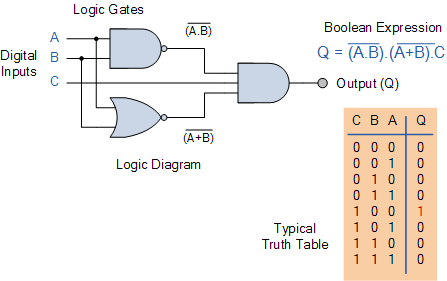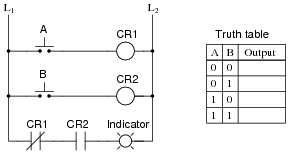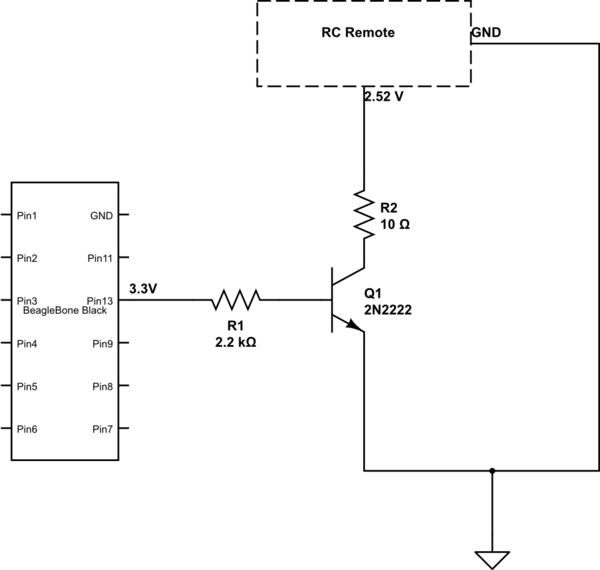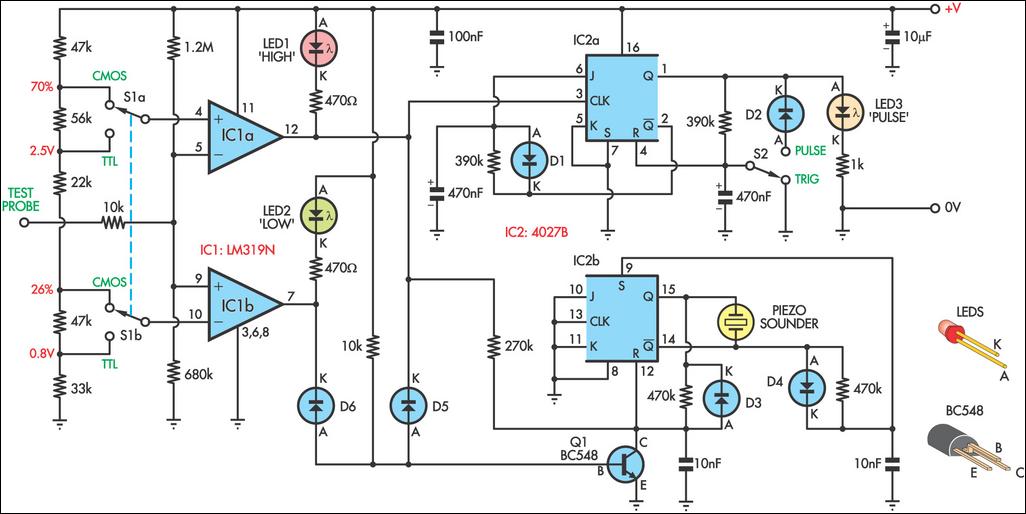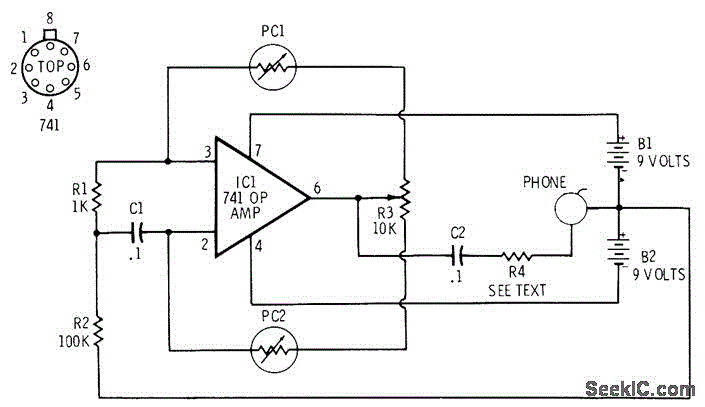
Audible Logic Probe
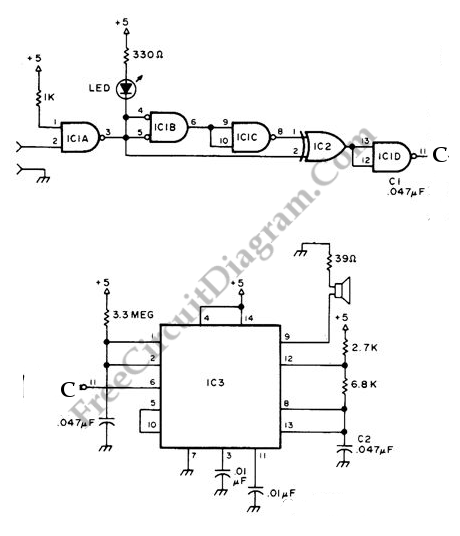
The NE556 timer IC can be utilized to create an audible indication of the static state of terminals in digital logic. An audible logic probe can be particularly beneficial when visual observation is not feasible.
The NE556 timer is a dual timer IC that can operate in various configurations, including monostable and astable modes. In the context of an audible logic probe, it is primarily used in a monostable configuration to generate a sound signal when a specific logic level is detected at the terminal under test.
To implement this circuit, the NE556 is connected to a speaker or piezo buzzer, which will produce sound when a high or low logic level is sensed. The circuit can include a resistor and capacitor connected to the trigger pin of the NE556 to define the output pulse width, allowing the user to adjust the duration of the sound produced.
The input terminal of the probe is connected to the logic circuit being tested. When the terminal is at a high logic state (typically close to the supply voltage), the NE556 is triggered, causing the output to go high and activating the buzzer. Conversely, when the terminal is at a low logic state (ground level), the output remains low, and the buzzer remains silent.
Additional components such as diodes can be included to protect the circuit from voltage spikes, and a potentiometer may be added to allow for volume control of the audible output. This circuit provides a practical solution for testing digital logic states without the need for visual indicators, making it a valuable tool for engineers and technicians in the field of electronics.We can use NE556 timer IC to make indication of static of terminal in digital logic audible.? Audible logic probe can be very useful when we have to visually. 🔗 External reference
The NE556 timer is a dual timer IC that can operate in various configurations, including monostable and astable modes. In the context of an audible logic probe, it is primarily used in a monostable configuration to generate a sound signal when a specific logic level is detected at the terminal under test.
To implement this circuit, the NE556 is connected to a speaker or piezo buzzer, which will produce sound when a high or low logic level is sensed. The circuit can include a resistor and capacitor connected to the trigger pin of the NE556 to define the output pulse width, allowing the user to adjust the duration of the sound produced.
The input terminal of the probe is connected to the logic circuit being tested. When the terminal is at a high logic state (typically close to the supply voltage), the NE556 is triggered, causing the output to go high and activating the buzzer. Conversely, when the terminal is at a low logic state (ground level), the output remains low, and the buzzer remains silent.
Additional components such as diodes can be included to protect the circuit from voltage spikes, and a potentiometer may be added to allow for volume control of the audible output. This circuit provides a practical solution for testing digital logic states without the need for visual indicators, making it a valuable tool for engineers and technicians in the field of electronics.We can use NE556 timer IC to make indication of static of terminal in digital logic audible.? Audible logic probe can be very useful when we have to visually. 🔗 External reference
